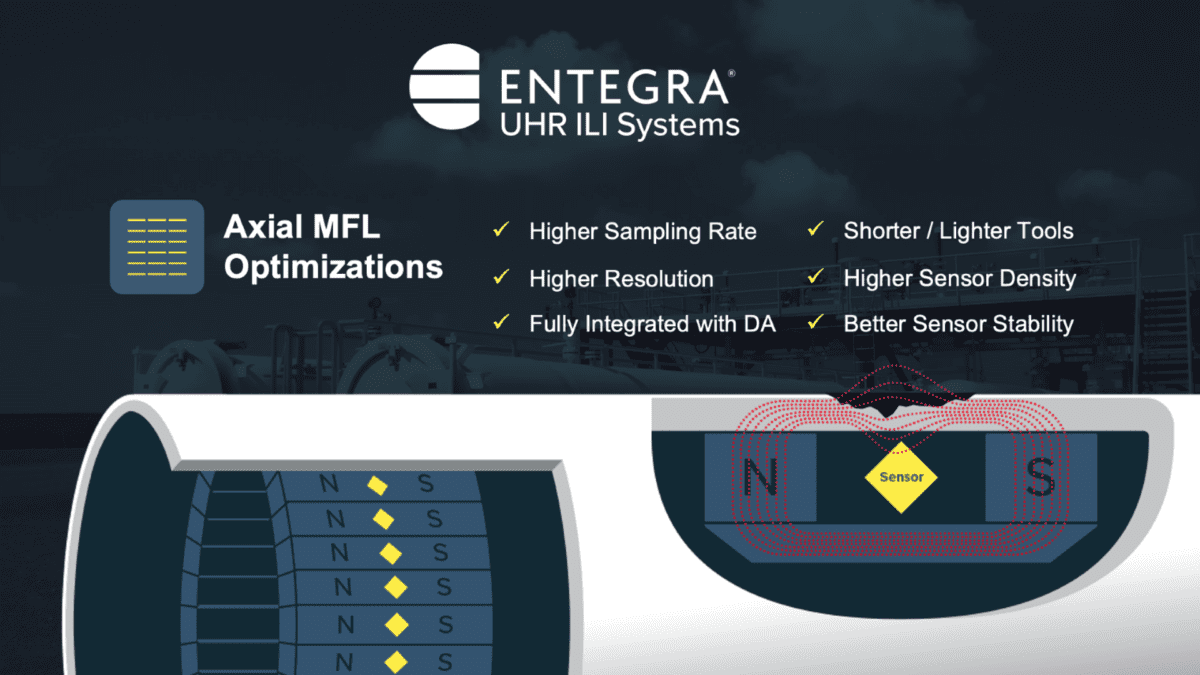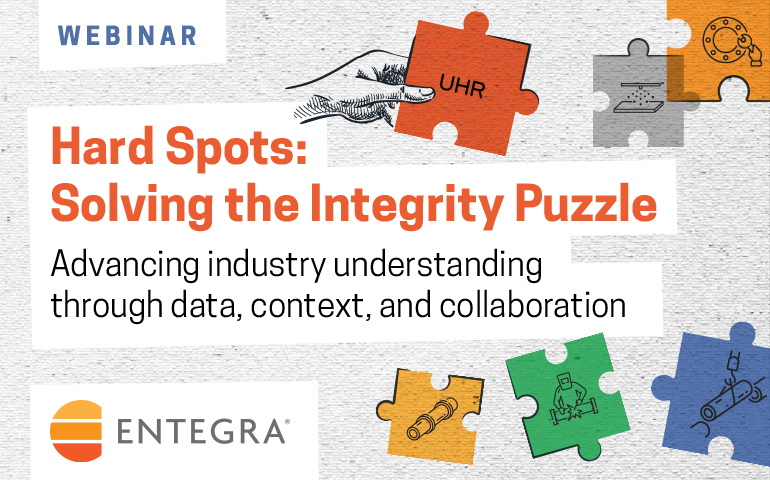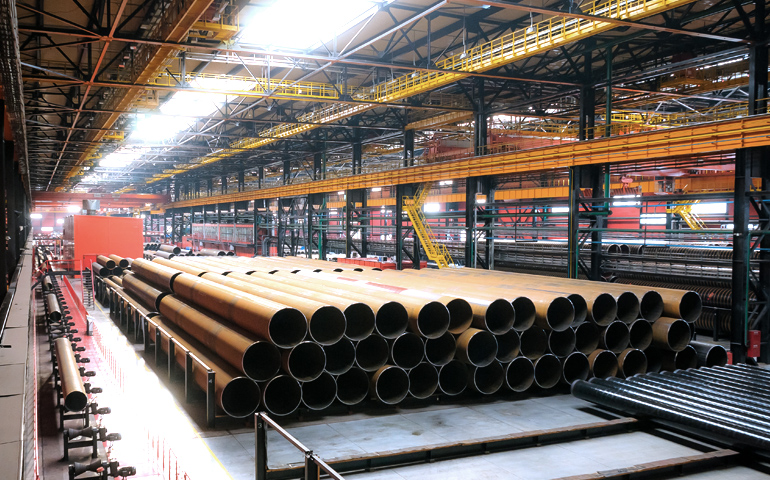
Optimized ILI Performance for Now and the Long Run
How the sensors are arrayed on a Magnetic Flux Leakage tool greatly impacts performance. Early on, Entegra engineers chose to employ a high-density array for their entire MFL fleet for inline inspection simply because the configuration provides a higher ceiling for optimization than other approaches. That means more value for our oil and gas pipeline …
How the sensors are arrayed on a Magnetic Flux Leakage tool greatly impacts performance. Early on, Entegra engineers chose to employ a high-density array for their entire MFL fleet for inline inspection simply because the configuration provides a higher ceiling for optimization than other approaches. That means more value for our oil and gas pipeline operator partners. Here’s how it works.
Ultra-High Resolution MFL Optimizations
You can see the axial array compared here with other types of sensor deployments. The axial arrangement with Entegra tools allows for the development of shorter, lighter tools with a much higher sensor density and better sensor stability. Pair that with more caliper and ID/OD sensors, and the result is a higher-level of usability, navigability and more complete and accurate data output. We call this true Ultra-High-Resolution, and it takes pipeline integrity assessment to a whole new level.
Going With the Flow
In the past, even seeing the long seam has proven a challenge for MFL tools. Entegra’s ultra-high resolution MFL toolset can not only see it, but deliver reliable, more accurate and actionable POD, POI and sizing information to help operators better know their pipelines.
Here’s a simple illustration. If you think of a log floating in a river as a metal loss anomaly and the flow and direction of the river around it as the magnetic flux from the inline inspection system, the level of disturbance created by the log is the leakage being measured by the various sensors on the tool.


No surprise, the orientation of the log has a huge impact on the flow around it, just as the orientation of an MFL tool’s sensors impacts the tool’s ability to detect and identify pipeline anomalies as it passes.
You can also see from this example why it has been traditionally more difficult for axially oriented MFL sensors to detect enough magnetic flux leakage to assess anomalies that appear oriented parallel to the magnetic flux. Legacy systems simply did not have a high enough sensor density to ensure that narrow axial defects wouldn’t pass undetected. Entegra solved that problem.

Our tools – incorporating a denser sensor array, a higher sampling rate and a more stable platform, among other advantages – are designed to reliably produce the highest-quality data, allowing our Data Analysis team to provide insights and actionable solutions for oil and gas pipeline operators.

The Entegra Difference
This technology is backed by human-experience based decision making in the Data Analysis process, yet another key difference with Entegra’s UHR ILI system. While Entegra has been providing ultra-high-resolution inline inspection solutions for seven years, our data engineers and analysts have an average of 13 years’ experience in the industry. And that’s not counting the experience and reputation of our team leads, project managers and company principals, many of whom were part of the team that first commercialized MFL technology and the MFL combo tool itself.
Do the math. Our analysts are uniquely capable of going beyond POD and POI to deliver real-world answers with in-depth and reliable reporting. Done right and on time.
Conclusion
When compared to the impact and cost of a false positive causing an unnecessary dig – or worse, a false negative (not detecting a potentially injurious metal loss anomaly)– an investment in a UHR ILI run is insignificant.
Entegra’s UHR ILI System — paradigm shifting ILI technology backed by the insight and experience of our global team — helps operators to see more, know more and do more when it comes to managing metal loss and the costly challenges it poses. Entegra is setting the bar, worldwide, for first run success, increased throughput, reduced run costs, risk mitigation and ROI.




